How To Hit A Pitch Shot - The Secret To Lower Scores
In this video, PGA pro Dan Grieve demonstrates how to hit a pitch shot properly and improve your scoring

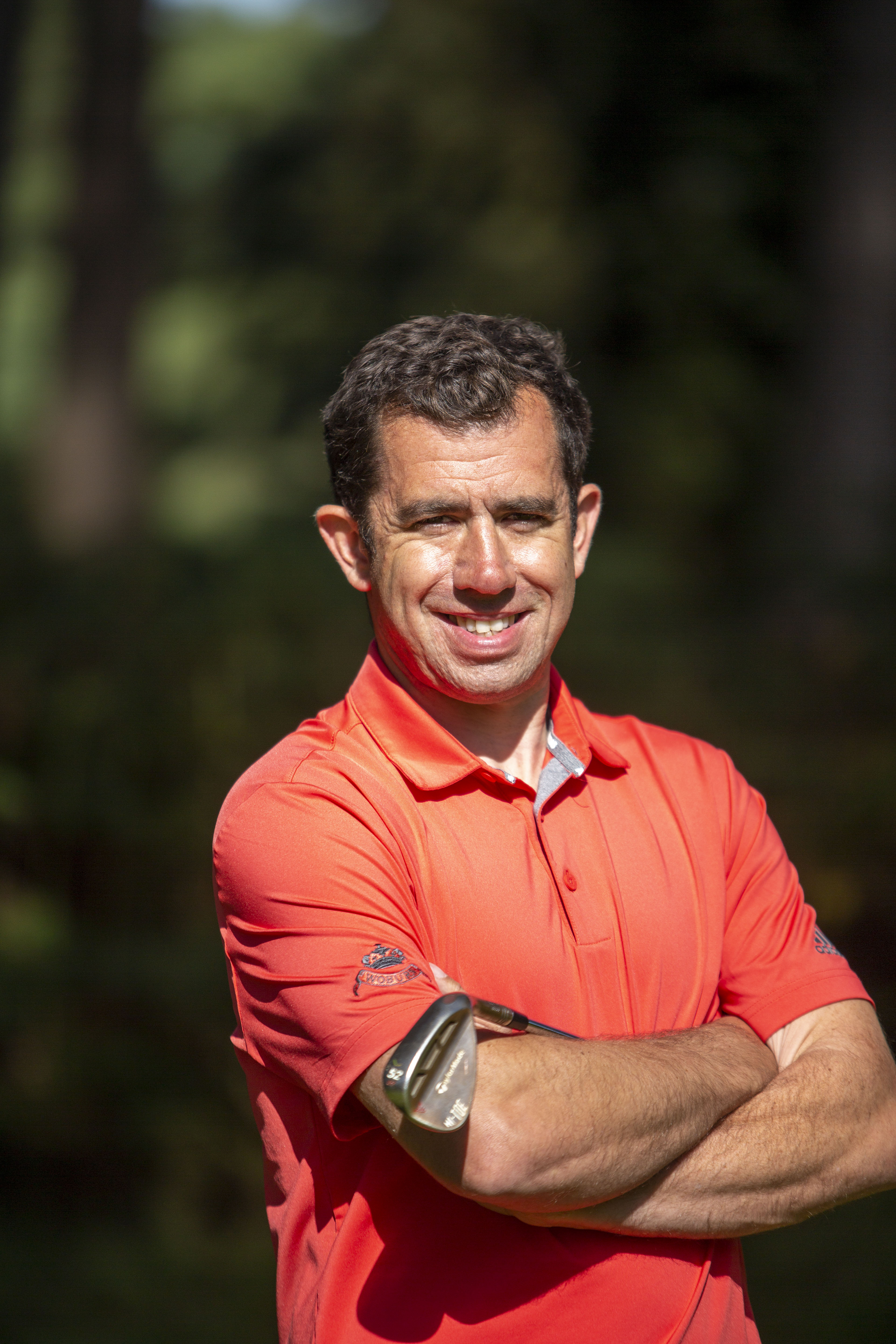
Golf Monthly created this content as part of a paid partnership with TaylorMade. The contents of this article are entirely independent and solely reflect the editorial opinion of Golf Monthly.
How To Hit A Pitch Shot
Being able to get up-and-down more often when in pitching range is a valuable skill to develop and will help you shoot consistently lower scores. Not only that, but having the confidence to rely on your short game takes the pressure off your long game, which can lead to more greens in regulation - it's a win-win. As such, we've enlisted the help of Golf Monthly Top 50 Coach Dan Grieve, who demonstrates how to hit a pitch shot properly in the video and article below.
Pitching should be seen as part of the short game family of shots and not the long game, which many people get wrong. Those who struggle with pitching the most - the awkward 30-80 yard shots - play pitches too much like a mini version of their full swing. The problem with this is that you develop a bit of a weight shift, which is fine for the long game but it's something that becomes a problem here because pitching requires finesse and distance control.
There is a difference between pitching and chipping, but it's more useful to think about pitching as an extension of how you chip rather than a watered-down version of your long game.
Pitching Basics
Set up a lot narrower than with your irons, grip down the club a little and think about creating a left side pivot by imagining a straight line running through your front foot, knee, hip and shoulder. It's this line you need to imagine rotating around when pitching.
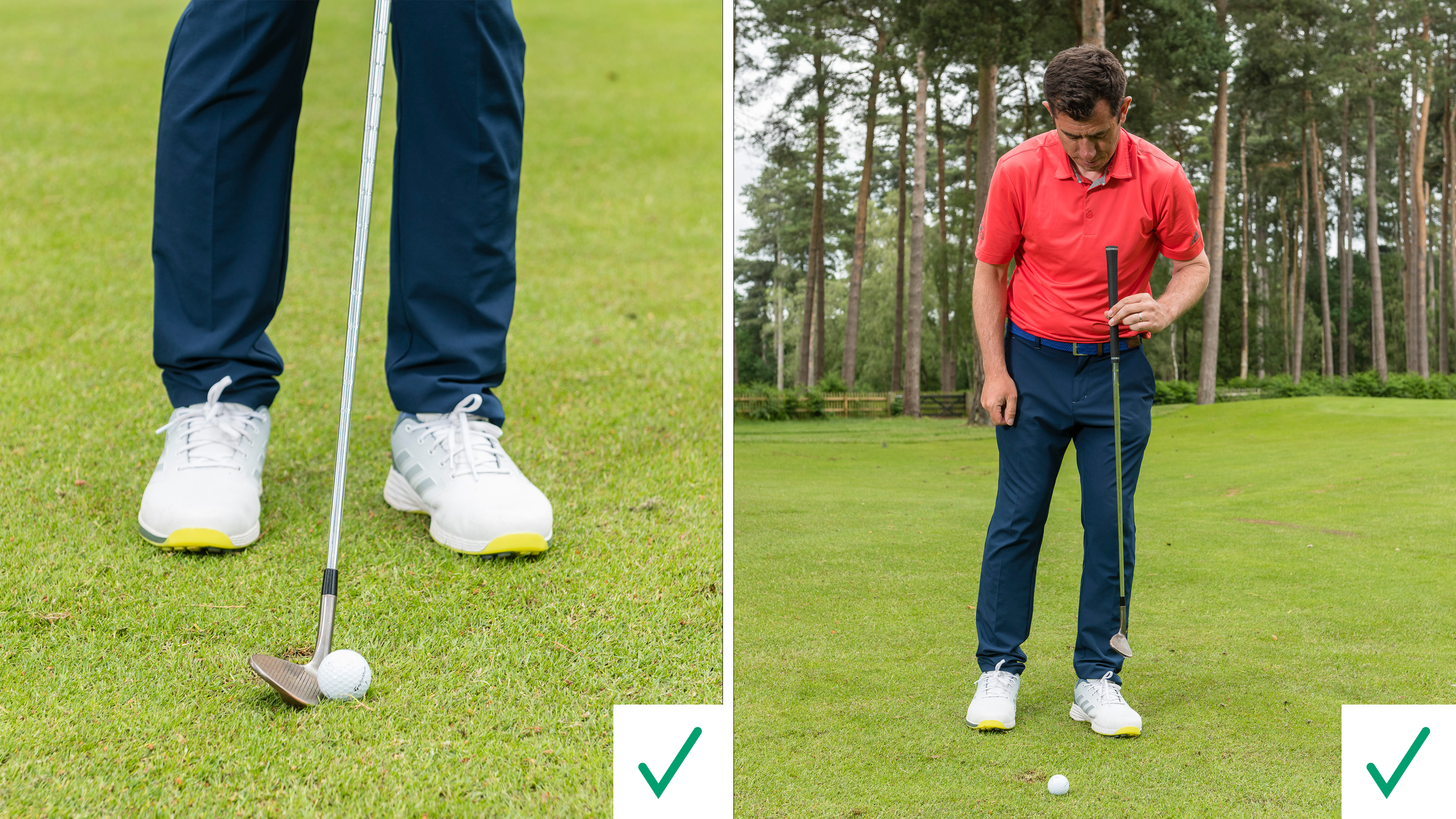
When hitting a pitch shot, narrow your stance and feel like you rotate around your front side
As a result, all your pressure will rotate around your front side as opposed to moving side-to-side as you do a little bit more in your long game. Using this left side pivot will also allow you to hit your distances more regularly and help you to control the finesse and touch you need to pitch it close.
Matching Backswing And Follow-Through
One of the most common faults with pitching is not marrying the backswing length with the follow-through length. I often see long backswings and then deceleration through the swing, which makes the follow-through too short. Or, players are short on the way back and then try and make up for it with an extended 'hit'. Either way, this is not how to hit a pitch shot for clean, consistent ball striking.
Get the Golf Monthly Newsletter
Subscribe to the Golf Monthly newsletter to stay up to date with all the latest tour news, equipment news, reviews, head-to-heads and buyer’s guides from our team of experienced experts.
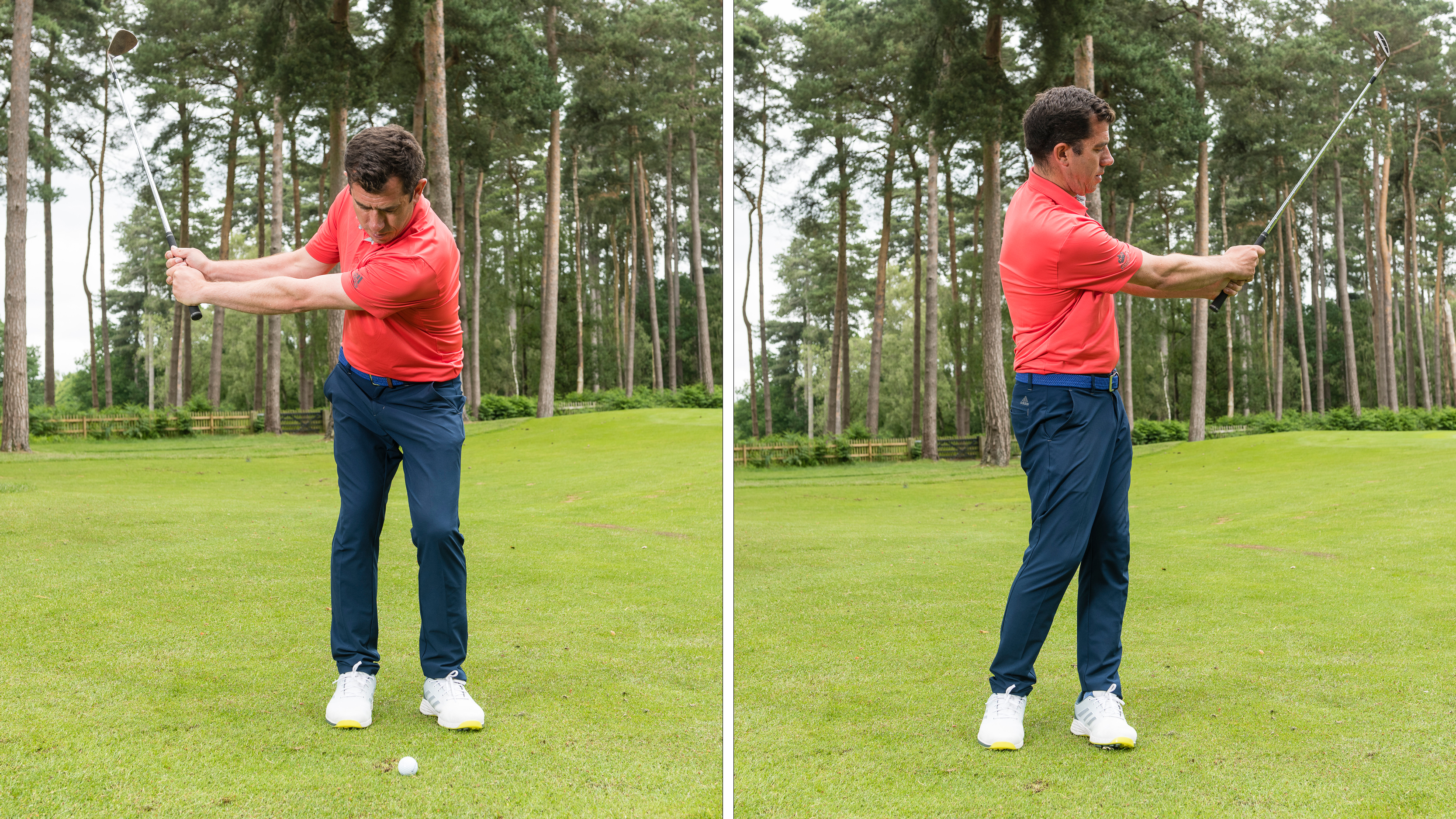
Try and match your backswing and follow-through for more consistency
Think about trying to match the length of your swing going back and coming through and you'll find a lot more consistency in strike, direction, spin and distance.
Use the bounce
It's a really good idea to match the bounce on your wedges to your tendencies. If you're a player with a shallow angle of attack and plenty of club head release, you might want to think about getting a club with a lower bounce. This will mean you won’t get too much of that trailing edge hitting the ground and kicking up, which often creates a thin shot around the green.
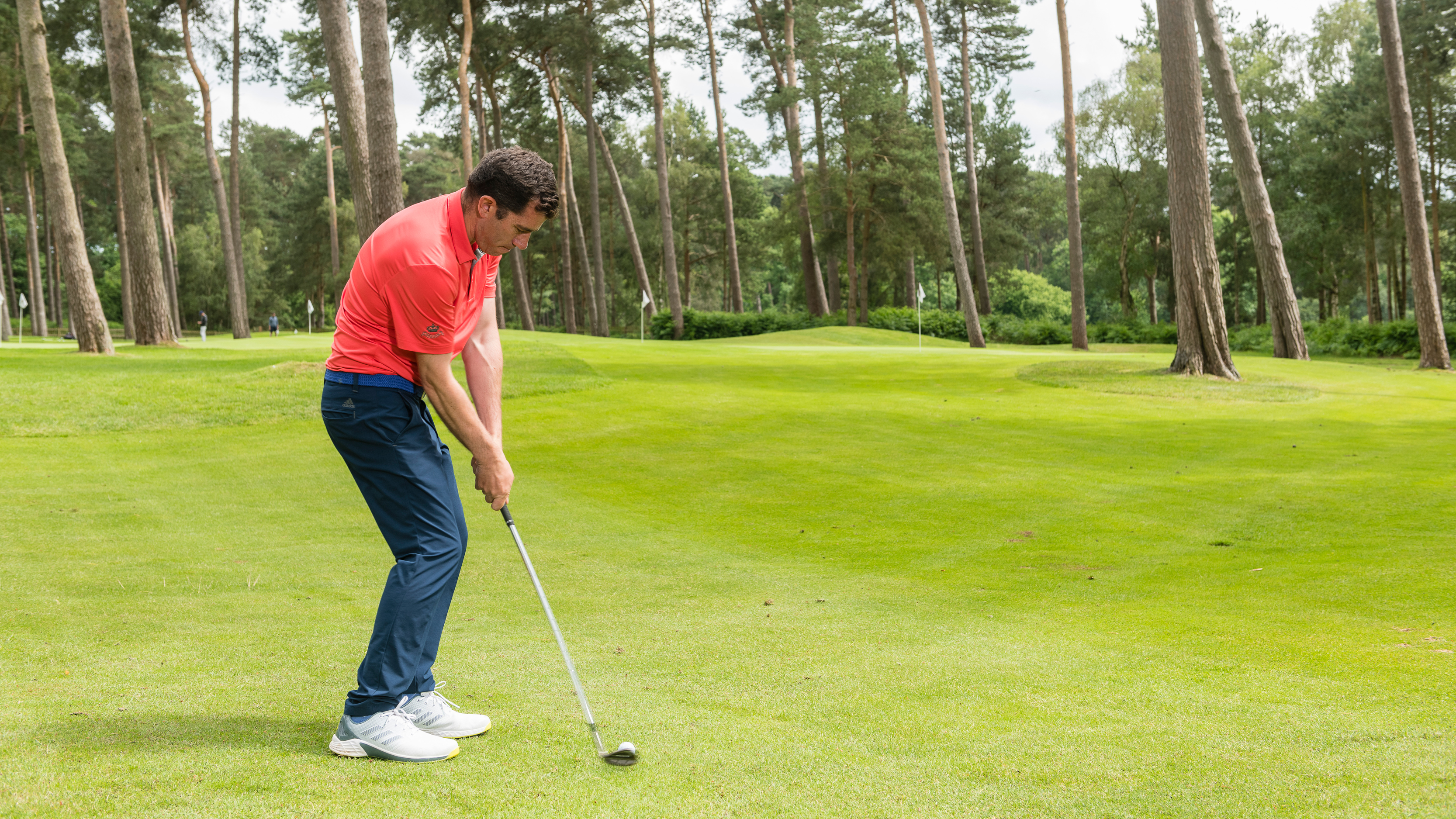
It's vital to match the amount of bounce with your tendencies so you can make crisp contact
Alternatively, if you’re quite steep with the leading edge it’s a great idea to get a wedge with extra bounce. A club like the TaylorMade Hi Toe 3 wedge has a lot of bounce, which means it can slide more when it makes contact with the ground, rather than digging and causing you to chunk it.

Location: Woburn GC
Dan is one of the leading coaches in the UK, a Fellow of the PGA and a short-game virtuoso. He has had considerable success with a collection of tour pros, helping them to Order of Merit titles and major victories, and his Short Game School is the most attended in the UK. His students, past and present, include Charley Hull, Georgia Hall, Inci Mehmet and Iona Stephen.
Most common problem:
Swing – over the top , help by getting the basics correct at address and making them aware how to get the club online coming down.
Short game – creating spin and feel around the greens, help by educating on what the short game actually is (weak on purpose) and understand bounce and how they can apply it to different lies/situations.
Greatest success story:
Helping Georgia Hall from World No. 450 to No. 6 and winning a Major, two Order of Merits and Solheim Cup appearances.
Greatest teacher:
Alex Hay was a great influence during my first few years at Woburn. In sport more generally Sir Clive Woodward has taught me how to deliver at the highest level.
Most common fault:
Flipped right hand (hands behind the ball). Understand a correct coil/load going back and how to sequence better coming down so the chest opens up and gives the arms space to deliver a stronger impact. Lots of body action drills to enhance the feel, with and without the ball.
-
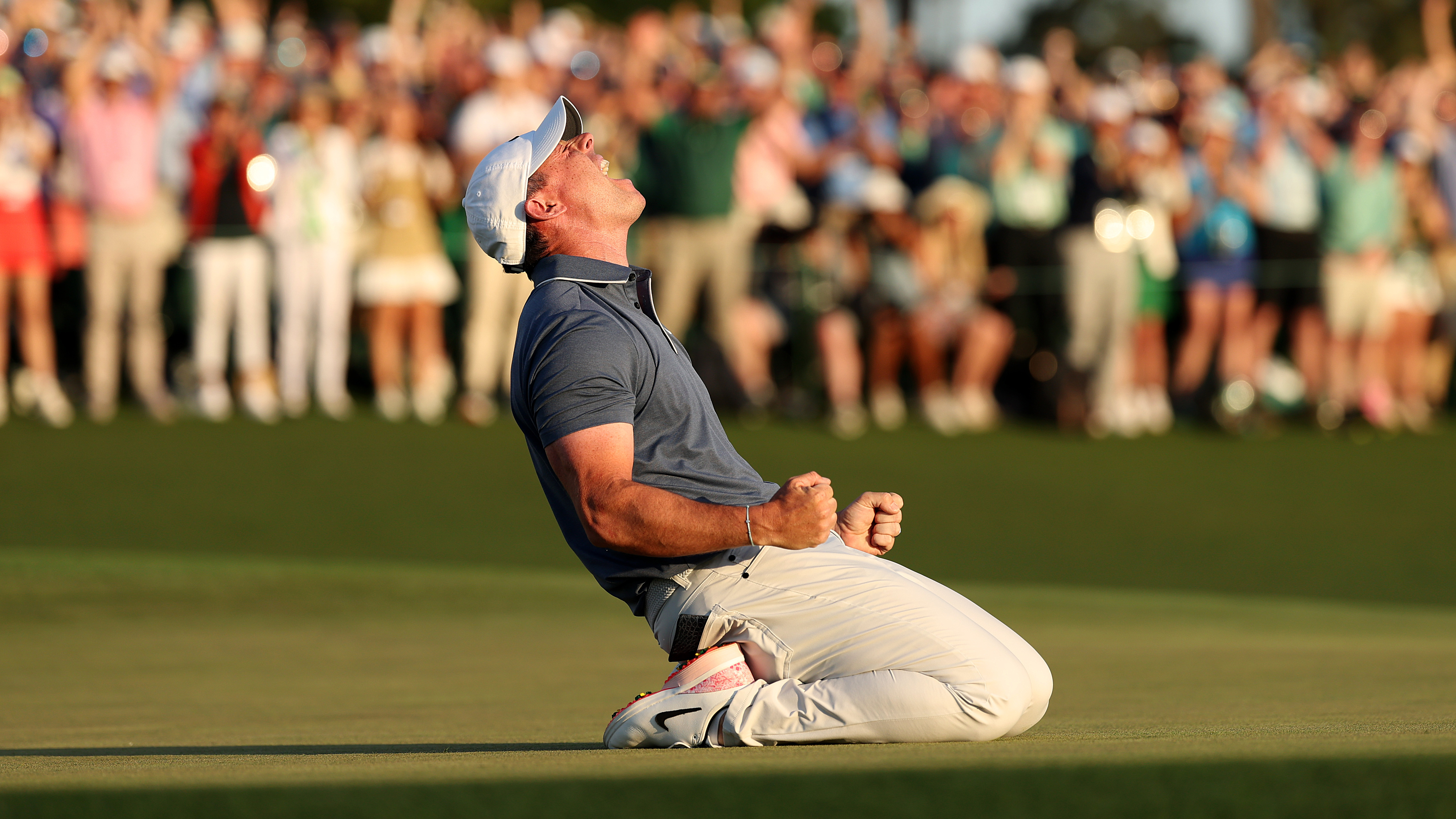 Rory McIlroy Wins The Masters In Playoff To Complete Career Grand Slam
Rory McIlroy Wins The Masters In Playoff To Complete Career Grand SlamThe Northern Irishman battled past Ryder Cup teammate, Justin Rose to finally seal his first Masters title and become the sixth man to win all four men's Majors
By Jonny Leighfield Published
-
 Did You Know The Masters Leaderboard Was Inspired By Fenway Park?
Did You Know The Masters Leaderboard Was Inspired By Fenway Park?The Masters leaderboards are an iconic and historic part of the Augusta National Major, but did you know about its origins and how it operates today?
By Matt Cradock Published